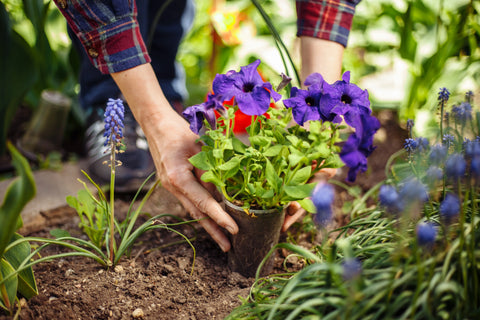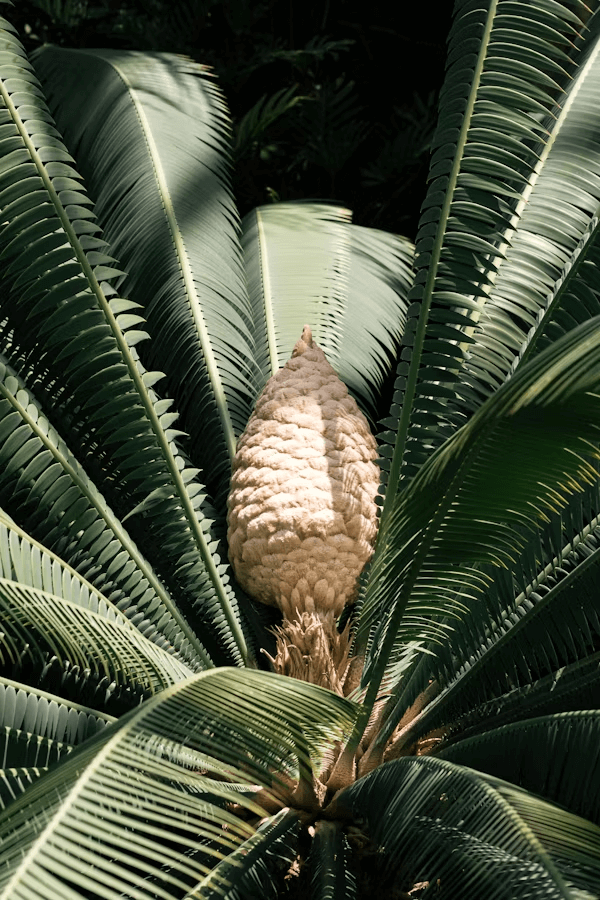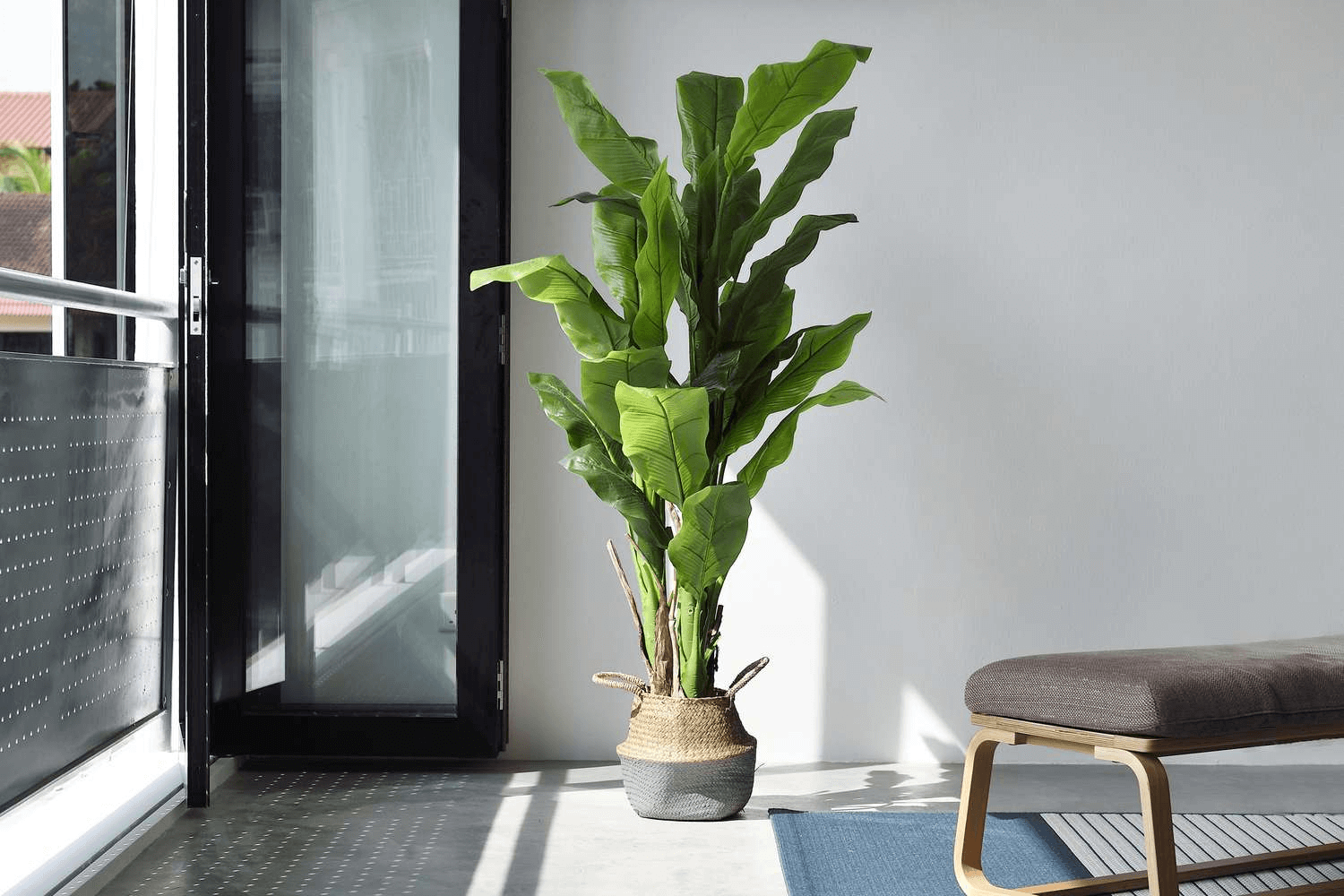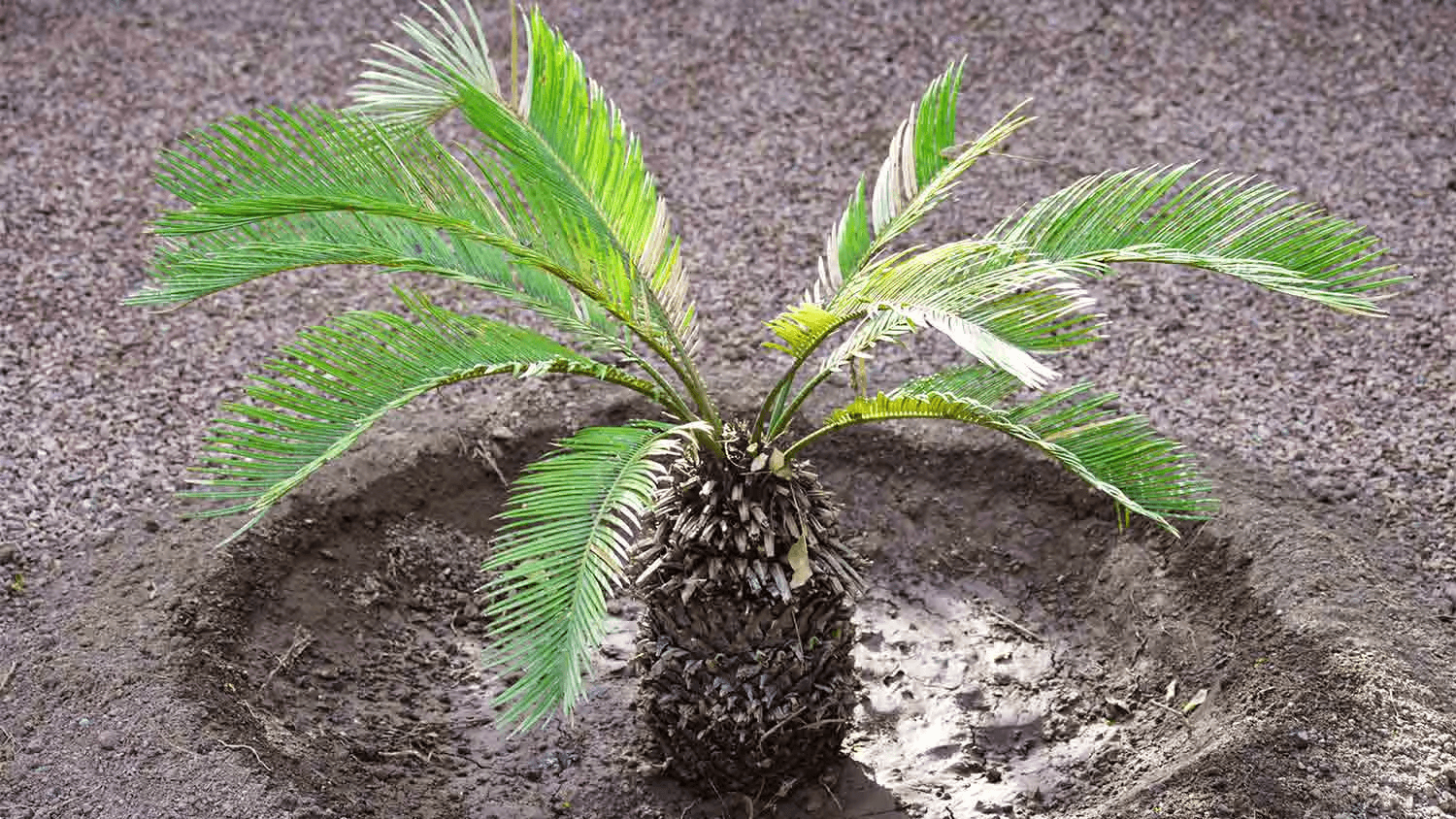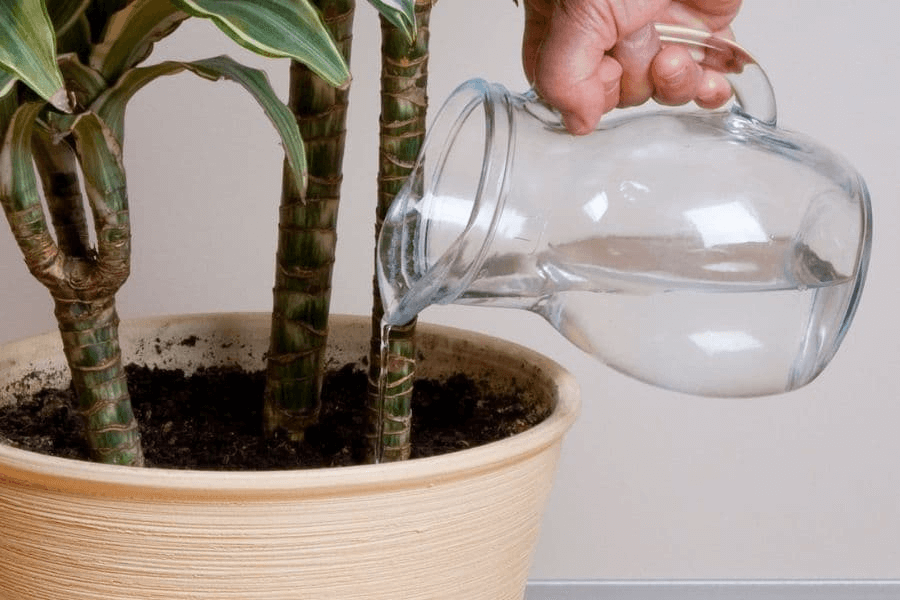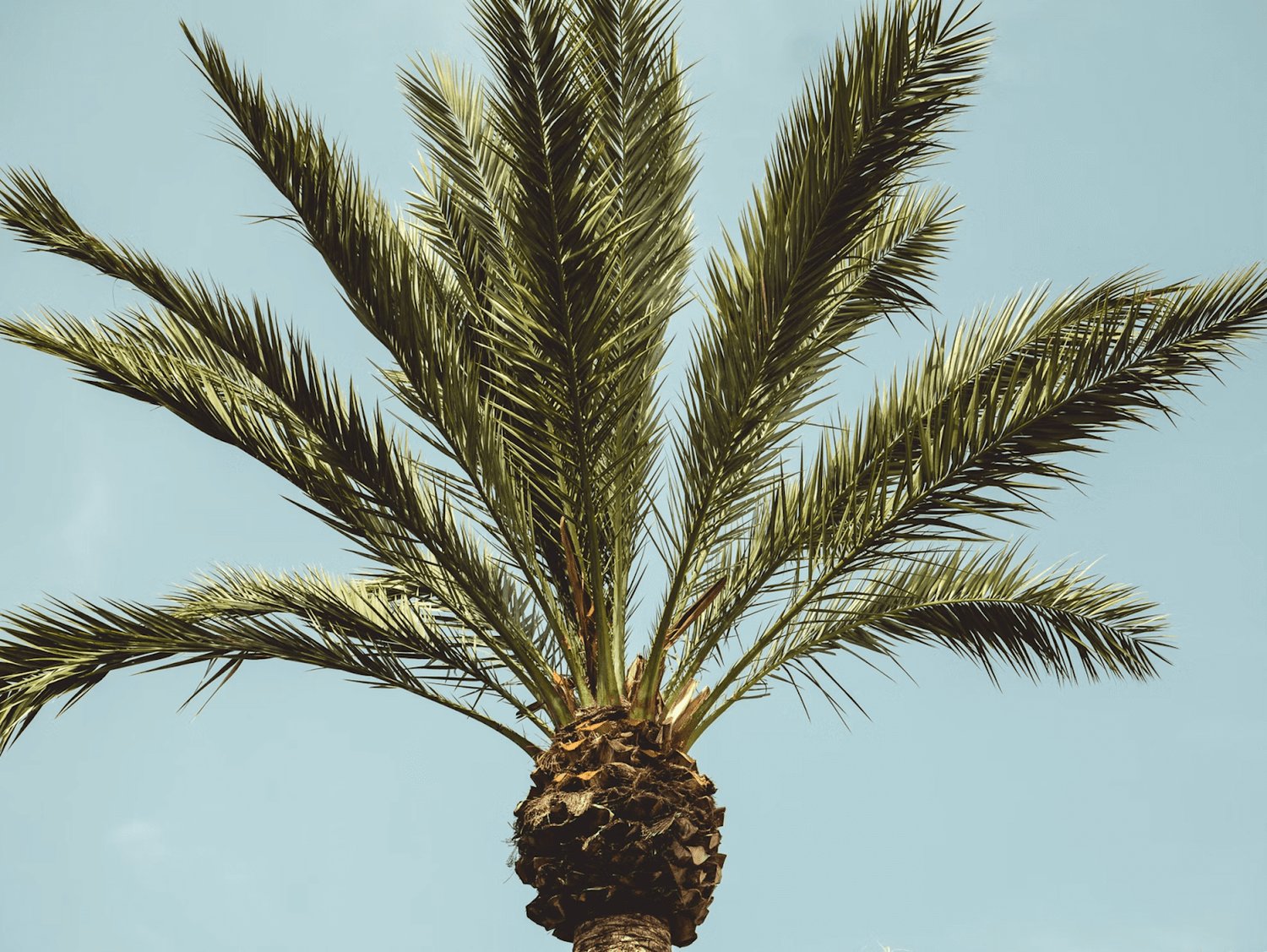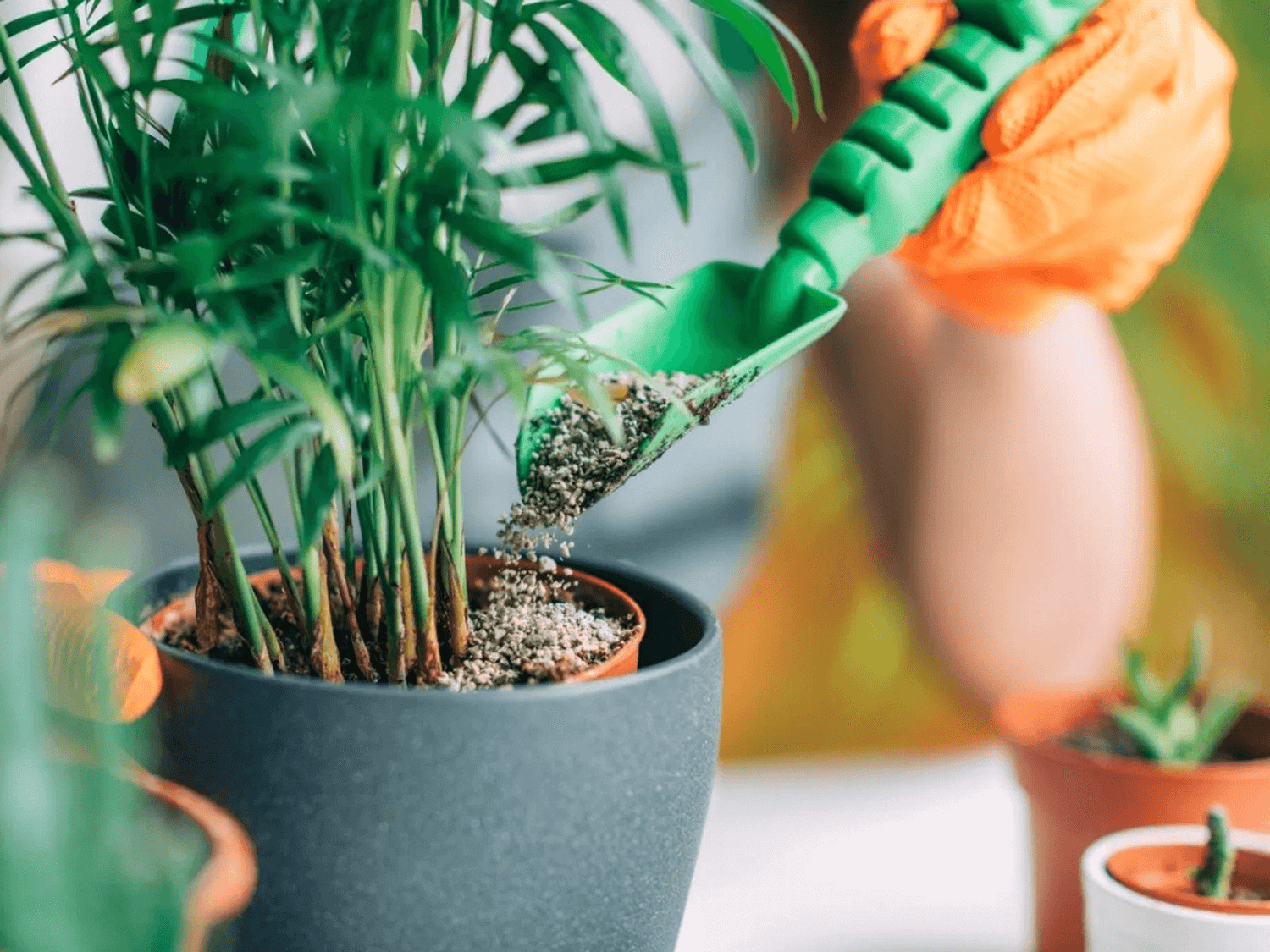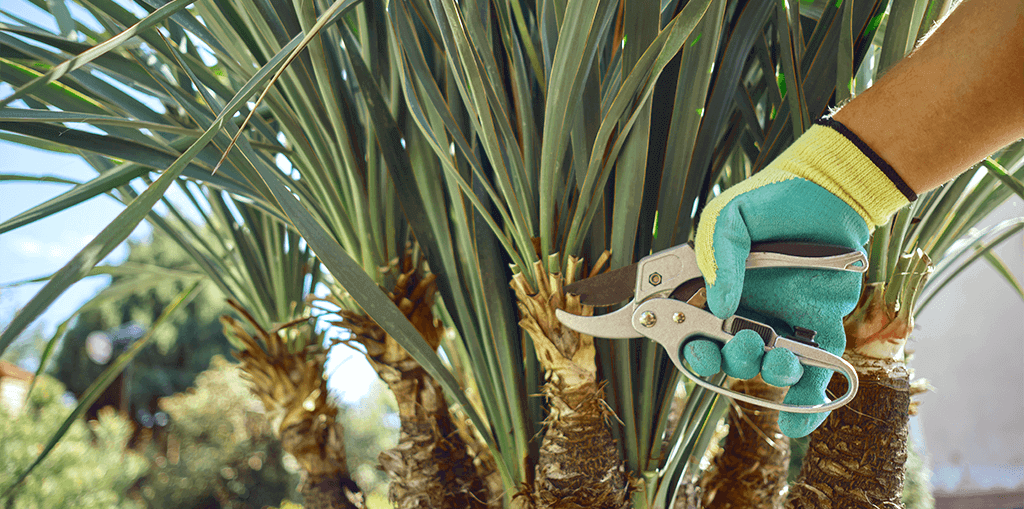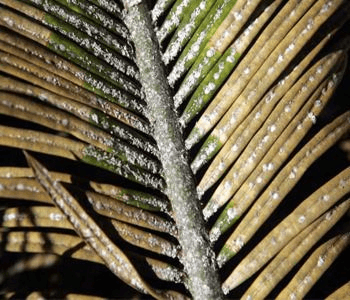Palm Tree Care:
To keep your indoor palm trees in good shape, place them in moderate to bright indirect light, and make sure they get enough sunlight to prevent direct light from scorching the leaves and pot a loose, well-drained mix is used to provide necessary ventilation and prevent condensation. Water the trees regularly to maintain consistent soil moisture, but be careful not to water too much, as damp soil can cause root rot. Keep the plants where the temperature does not drop below 50 degrees Fahrenheit, as seedlings are sensitive to cold. During the growing season, which usually runs from spring to early fall, apply a balanced water-soluble fertilizer to your sleeve each month to provide the necessary nutrients for vigorous growth. For more details read our blog How to Care Areca Palm.


